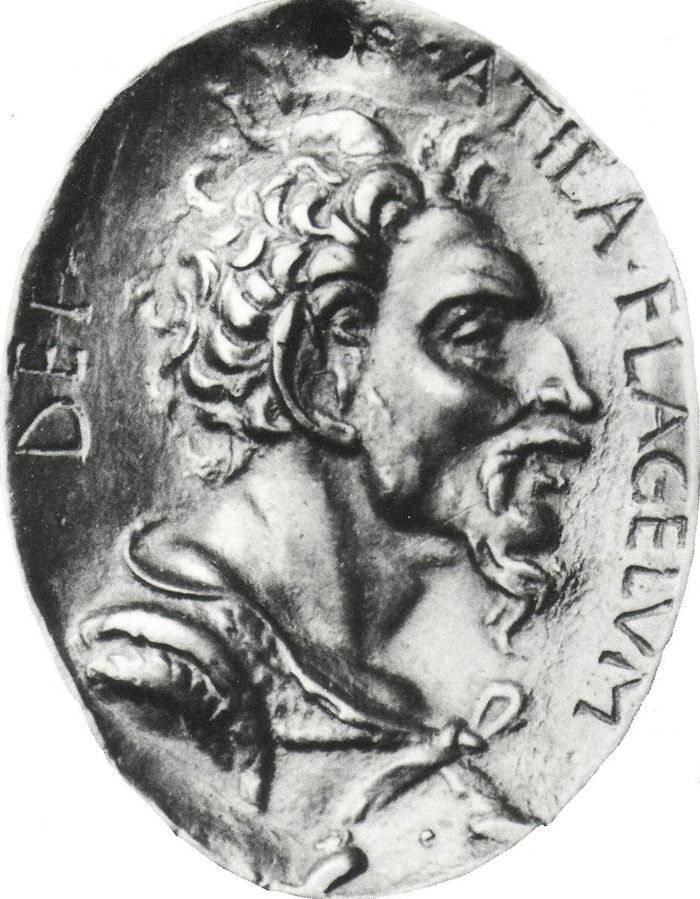Vaucanson focused his efforts on making a duck that ate grains, digested them, and most amazingly, excreted them.

The first robot in history. Jacques de Vaucanson’s Duck
Modern pets and robots

Imagen: http://pinktentacle.com/2006/03/hiroshima-engineers-develop-robotic-carp/
The robot dog


Pleo the robot dinosaur
Ugobe, a robotics company located in California, launched the Pleo mascot on the market in 2006, pictured above, a dinosaur that looks like a baby, capable of detecting sound, day, night, light, movement and touch thanks to the almost forty sensors distributed throughout its body, to the eight processors that can handle up to sixty million operations per second, which allows this little dinosaur to be able to interact in a “real” way with human beings, always and when I have battery














